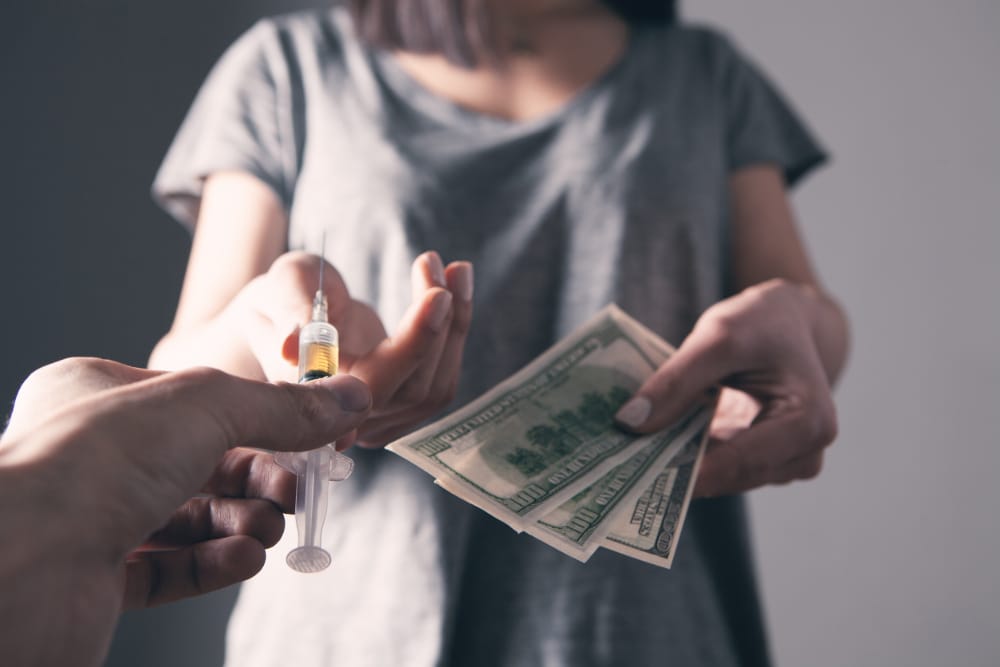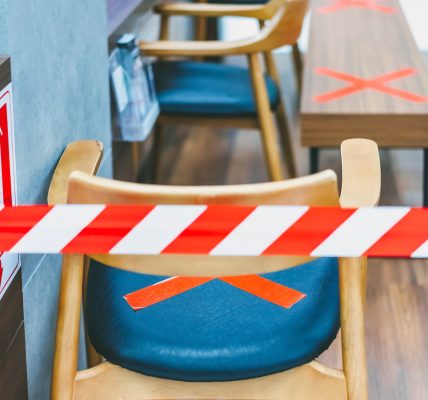Free Market Powers Contingency Management for Addiction Recovery

What is the most effective and also least expensive treatment for opioid use disorder (OUD)? If you guessed “no treatment,” I’m sorry, it’s both ineffective and very expensive. No treatment leads to massive losses due to crime, courts, hospitals, broken families, and lost productivity.
If you guessed medicine-assisted therapy with buprenorphine, methadone, or similar drugs that blunt withdrawal symptoms, you’re on the right track. Without these drugs, it is more painful to quit, leading to a lower success rate. Without additional therapy and lifestyle changes, however, people who get medication alone are quickly back to dependency. Medicine-assisted therapy is effective in the short term but not in the long term.
If you guessed cognitive behavioral therapy (CBT), you are again on the right track. None of the treatments for OUD are effective without CBT. Learning how to deal with cravings, cope with disappointments, and align your life with positive goals is the strongest remedy in the OUD medicine cabinet. Therapy can take a long time, and it can be expensive with a licensed therapist. It saves money by helping keep people off drugs and on a productive life path.
CBT is still not the least expensive and most effective treatment for OUD. The winner? Contingency Management (CM). CM adds the one element the other treatments lack: a financial incentive. CM is the practice of paying addicts to get better.
Breaking an opioid addiction is hard work. Medicine can assist with the illness that accompanies withdrawal, and with cravings and urges during the early weeks. If there is CBT and lifestyle changes start to be made, patients begin to see the possibility of recovery. Unfortunately, many patients don’t make it through the first 90 days of treatment. That’s where CM comes in.
CM has the best rate of all these interventions for getting people through the first month of treatment, the first year of recovery, and into productive lifestyles that are satisfying enough to stay out of trouble. CM does this using basic free market principles: If you want people to pass a urine test or blood test, pay them. Pay them to stay in treatment and they tend to stay in treatment. Pay them to stay in therapy, and they stay in therapy. Even for ridiculously small sums of money.
Contingency Management is an effective behavioral tool bringing some early-on positivity to a patient’s addiction recovery treatment plan until the positive benefits of their medication and body’s natural recovery kicks-in.
Those are the words of Carla J. Rash, Ph.D., associate professor in the Department of Medicine at the University of Connecticut, and one of the three faculty members behind UConn Health’s CM website, the REWARDS Center. The addiction recovery space sometimes seems more about jargon than results. UConn’s CM website is refreshingly blunt and measured:
Contingency management is an evidenced-based behavioral program that uses positive reinforcement, or rewards, to promote behavior change… We are a team of investigators and research staff who are committed to promoting the dissemination of contingency management techniques from research to practice to facilitate improved outcomes for substance use disorder patients.
The REWARDS center is currently conducting clinical trials into, “Reward-based technology to improve OUD treatment initiation after an [emergency room visit] or inpatient medical acute care visit.” The reward-based technology is to offer “prizes” for entering into treatment for OUD. They also study the use of CM for alcohol use disorder (AUD), cocaine use disorder (CUD), and nicotine use disorder, or smoking cessation.
Earlier this month, Dr. Rash’s research led to a review in JAMA Psychiatry regarding setting effective reward levels for treating substance use disorders (SUDs). The review looked at 112 publications that used urine or blood analysis to determine abstinence following CM treatment. They came up with the most effective spend to reach compliance:
- $55/week for prize protocols
- $128/week for vouchers
- $660 total for 12 weeks of prizes
- $1,536 total for 12 weeks of vouchers
Twelve weeks was found to be an optimal time for transitioning patients off of vouchers and prizes while still retaining abstinence rates. The review also contains suggestions for structuring CM programs, including ramping up the prize money, preparing patients for the end of CM, and how to adjust the numbers for location and inflation. Dr. Rash explains why CM works:
Many contingency management patients state they initially stop using/attend treatment only for the prizes. Once they cease using drugs and begin attending treatment regularly, these behaviors become reinforcing and meaningful, and the prizes are no longer as salient.
As of this writing, the market cost for three months of a GLP-1 weight loss drug such as Ozempic or Wegovy is about $3,600. For less than half of that, you can pay someone with OUD to stay in treatment, attend therapy, and provide drug-free samples for three months! CM is a remarkably effective and efficient treatment. OUD patients minimize their time in jail cells and hospital rooms, and maximize their time in counseling and recovery.
By every measure of cost-effectiveness and treatment effectiveness, CM is the market leader in addiction recovery. Dr. Rash’s work has been funded by the National Institutes of Health. Hopefully, market winners will step up their donations for this proven, market-driven solution to SUD.
One can only hope that those who have profited so much from free markets will support this market solution to a menacing problem. If you’re a millionaire looking for a “moon shot,” consider investing a little closer to home. A well-funded CM program could clean up city streets peacefully, voluntarily, and for next to nothing.
Written by Steve O’Keefe. First published July 10, 2025.
Sources:
“Data-Driven Contingency Management Incentive Magnitudes,” JAMA Psychiatry, July 2, 2025.
“Increasing Contingency Management Incentives Will Help More Patients Recover from Addiction,” UConn Today, July 2, 2025.
“Recovery from opioid use disorder: A 4-year post-clinical trial outcomes study,” Drug and Alcohol Dependence, May 2022.
Image Copyright: sasun1990.




